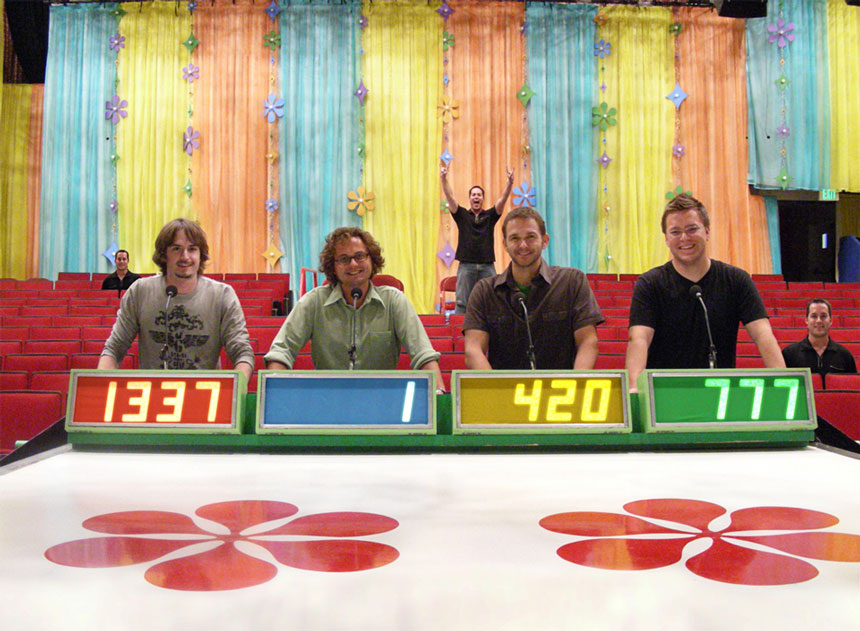In his Slate piece, “Winning on The Price Is Right,” Ben Blatt explains how game theory can make a contestant a winner on the popular TV show even if that person has never been shopping in his or her life:
“In one instance, when Margie was the last contestant to bid, she guessed the retail price of an oven was $1,150. There had already been one bid for $1,200 and another for $1,050. She therefore could only win if the actual price was between $1,150 and $1,200. Since she was the last to bid, she could have guessed $1051, expanding her range by almost $100 (any price from $1051 to $1199 would have made her a winner), with no downside. What she really should have done, however, is bid $1,201. Game theory says that when you are last to bid, you should bid one dollar more than the highest bidder. You obviously won’t win every time, but in the last 1,500 Contestants’ Rows to have aired, had final bidders committed to this strategy, they would have won 54 percent of the time. Instead, last bidders too often rely on their intuition, or on suggestions called out by delirious audience members. As a result, they have won only 35 percent of the time. Contestants in this sample of 1,500 who guessed a value between the highest and second-highest current guesses, as Margie did, win only 20 percent of the time. In this instance, the oven cost $1,999. Margie lost again.”
Tags: Ben Blatt

